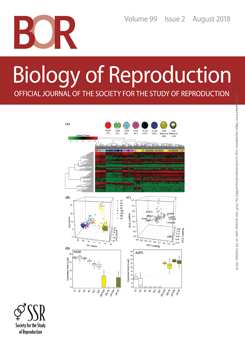Differentiation of first trimester human placental cytotrophoblast (CTB) from an anchoragedependent epithelial phenotype into the mesenchymal-like invasive extravillous trophoblast (EVT) is crucial in the development of the maternal–fetal interface. We showed previously that differentiation of first trimester CTB to EVT involves an epithelial-mesenchymal transition (EMT). Here we compare the epithelial-mesenchymal characteristics of CTB and EVT derived from normal third trimester placenta or placenta previa versus abnormally invasive placenta (AIP). CTB and EVT were isolated from normal term placenta or placenta previa following Caesarean section and EVT from AIP following Caesarean hysterectomy. Cell identity was validated by measurement of cytokeratin-7 and HLA-G. Comparing normal term CTB with EVT from normal term placenta or placenta previa for differential expression analysis of genes associated with the EMT showed changes in >70% of the genes probed. While demonstrating a mesenchymal phenotype relative to CTB, many of the gene expression changes in third trimester EVT were reduced relative to the first trimester EVT. We suggest that third trimester EVT are in a more constrained, metastable state compared to first trimester equivalents. By contrast, EVT from AIP demonstrate characteristics that are more mesenchymal than normal third trimester EVT, placing them closer to first trimester EVT on the EMT spectrum, consistent with a more invasive phenotype.
Summary Sentence
Extravillous trophoblast cells from abnormally invasive placenta demonstrate more mesenchymal characteristics than normal third trimester cells, consistent with an overinvasive phenotype.





